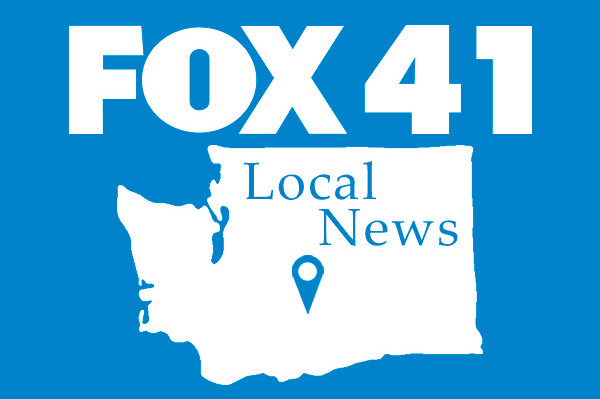
The monthly national average cost of liability-only car insurance held steady at $105 in July, but the full-coverage average increased slightly, landing at $196, according to Insurify data. By comparison, at the end of June, national averages were $105 for liability and $193 for full coverage.
Liability-only rates have been fairly stable for the past six months, while full-coverage rates have increased steadily.
Average cost of car insurance by state as of Aug. 1, 2024
Insurance rates can vary greatly based on location, which influences factors like exposure to extreme weather, traffic congestion, and vehicle crime rates.
In July, most states saw little movement in average rates, with rates generally trending down slightly. Maryland and Michigan are currently the two most expensive states for car insurance, according to Insurify’s database of millions of car insurance quotes.
5 states with the highest car insurance rates as of Aug. 1, 2024
Heading into August, Maryland has the highest overall average insurance costs, at $264 per month. Its averages for liability only and full coverage are $188 and $339, respectively. Maryland’s full-coverage average was also the highest in the country during July. Connecticut had the highest average cost for liability-only insurance, at $211 per month — about 67% higher than the national average for liability coverage.
Here are the five states with the highest average car insurance rates in July 2024.
At $86 per month, North Carolina had the lowest overall average rate through July. But the Tarheel State may face increases in 2025. The state’s minimum-liability car insurance requirements are set to increase Jan. 1, 2025.
Here are the states with the lowest average car insurance rates as of Aug. 1.
Factors that affect car insurance rates
Car insurance rates can vary significantly among drivers based on many factors that insurers use to estimate risk. Some common rating factors include:
Driving history: Insurers consider whether you have a clean record or infractions such as speeding, driving under the influence, or causing an accident.Age: Driving experience and accident risks closely correlate with age, data shows.Gender: Statistically, women are less likely to cause accidents or engage in risky behaviors like aggressive driving.Location: Where a policyholder lives and drives affects their exposure to risk factors such as extreme weather, vehicle crime rates, and accident rates.Credit history: Data indicates drivers with better credit are less likely to file car insurance claims than those with poor credit.Vehicle make and model: Less expensive vehicles or those with multiple safety features cost less to insure.Vehicle usage: Driving fewer miles per year reduces a vehicle’s exposure to the day-to-day risks of driving.Vehicle equipment: Safety features like lane-keeping assist and blind-spot warning can help decrease the risk of accidents.Coverage type: Generally, liability-only coverage costs less than full-coverage car insurance.Coverage limits: The amount of coverage you buy affects annual premiums; minimum coverage is typically the cheapest but doesn’t offer enough financial protection for most drivers.Deductible: A higher collision and comprehensive coverage deductible (liability coverage has no deductible) reduces rates since the insurer assumes less risk for the cost of repairs.
How to save on car insurance
Every U.S. state except New Hampshire requires drivers to carry at least a minimum amount of liability coverage. Insurance professionals recommend buying more coverage for greater financial protection in at-fault accidents. And if a driver leases or finances a vehicle, the leasing company or lender will require them to buy full-coverage car insurance.
Drivers can take steps to reduce the cost of car insurance, including:
Drive safely. Avoid speeding, hard braking, distracted driving, and other risky driving behaviors that could cause a claim.Look for discounts. Most insurers offer discounts, such as good student or multi-car discounts, that can help reduce premiums.Increase the deductible. A higher collision/comprehensive deductible typically leads to lower rates.Adjust coverages. Liability-only coverage is the cheapest insurance available, and minimum coverage is the most affordable liability option. But drivers should be careful and buy enough coverage to adequately protect them financially.Comparison shop. Drivers should compare rates from multiple companies every time their policy comes up for renewal.
Methodology
Insurify data scientists analyzed more than 97 million rates from car insurance applications in Insurify’s proprietary database to calculate the premium averages displayed on this page. These premiums are real quotes that come directly from Insurify’s 50+ partner insurance companies in all 50 states and Washington, D.C. All premium averages reflect the cost of car insurance for drivers between the ages of 20 and 70 with a clean driving record and average or better credit.
For most states, full-coverage premium prices represent two-year rolling medians in order to manage extreme market volatility seen over the past few years as insurance companies have sought substantial rate increase approvals and deprioritized writing new policies in the face of rapidly rising costs.
Liability-only premium prices — as well as full-coverage prices in Maine, Massachusetts, Michigan, Montana, North Dakota, Nebraska, New Hampshire, New Jersey, and Vermont — represent one-year rolling medians.
Liability-only premium averages correspond to policies with the following coverage limits:
Bodily injury limits between state-minimum rates and $50,000 per person, $100,000 per accidentProperty damage limits between $10,000 and $50,000No additional coverage
Full-coverage premium averages correspond to the same bodily injury and property damage limits in addition to:
Comprehensive coverage with a $1,000 deductibleCollision coverage with a $1,000 deductible
For full-coverage historical data, please visit Insurify’s Auto Insurance Data Center. Data housed in the Data Center dates back to 2021 and represents the median yearly cost of full coverage for drivers between the ages of 20 and 70 with a clean driving record and average or better credit. Monthly prices are two-year rolling medians in order to manage extreme market volatility seen over the past few years as insurance companies have sought substantial rate increase approvals and deprioritized writing new policies in the face of rapidly rising costs.



